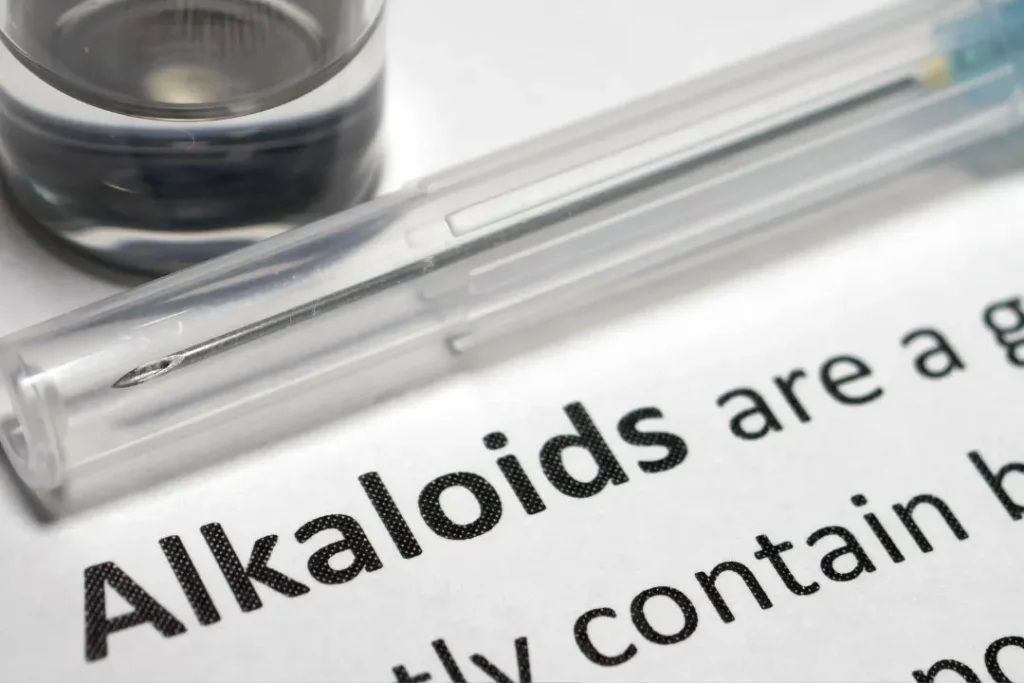In the history of science and human civilization, ergot has a long and gloomy past. Its vital importance in medicine contrasts with its position as a dangerous fungal infection of rye and other grains, making it a subject of fascinating scientific investigations. This article highlights the importance of ergot by discussing its chemical makeup, health advantages, recommended dosage, potential side effects, and interactions. In the context of its appropriate usage, we will also discuss its chemistry and physiological effects it has on the body and brain.
You May Also Like:
5 Great Nootropic Herbs for Energy, Focus, and Productivity
A Nootropic Herb for Cognitive Enhancement: Discover Bacopa Monnieri Benefits and Side Effects
Ergot: Benefits, Dosage, Side Effects, Drug Interactions, and Other Important Information is an original (NootropicsPlanet) article.
Nature of Ergot
The term “ergot” refers to a family of fungus of the genus claviceps, of which claviceps purpurea is the most well-known. This fungus attacks cereal grains, especially rye, and replaces the grains with sclerotia, which are tough, purplish-black fungal structures. Ergot’s pharmacological effects are caused by a variety of physiologically active alkaloids found in the sclerotia, including ergotamine and ergonovine.
Health Benefits of Ergot
Ergot has an infamous reputation for being a toxic fungus because of the alkaloids it contains. Ergot has been used for millennia, but it wasn’t until the 20th century that its active ingredients, known as ergot alkaloids, were separated as its medicinal uses became more understood.
The vasoconstrictive and uterotonic effects of ergot alkaloids are its best known characteristics. Due to their ability to constrict dilated cerebral blood vessels and alleviate headache symptoms, they are beneficial in treating migraines. They are also used to limit postpartum hemorrhages by inducing uterine muscle contractions, which result in less bleeding.
Derivatives of ergot alkaloids have recently been used to treat neurological conditions including Parkinson’s disease and dementia.

Chemistry of Ergot
Ergot is distinguished by its diverse abundance of idole alkaloids. Based on their chemical makeup, these alkaloids are grouped into three major categories: clavine alkaloids, lysergic acid and its derivatives, and peptide alkaloids. The two ergot alkaloids with the greatest pharmacological significance, ergotamine and ergonovine, are included in the last category.
The diverse range of ergot alkaloids are produced by various substitutions to the common tetracyclic ergoline ring structure that all ergot alkaloids share. The chiral centers that ergot alkaloids have enable them to exist in many stereochemical isomers, which further enhances their chemical diversity.
Physiological Properties of Ergot
Ergot alkaloids predominantly interact with adrenergic, dopaminergic, and serotoninergic receptors to produce their effects.
For instance, ergotamine inhibits serotonin (5-HT) and alpha-adrenergic receptor activity. It stops migraine-related vasodilation by inhibiting these receptors in the cerebral blood vessels. It also affects 5-HT receptors in the central nervous system, which can help explain why it has anti-migraine properties.
On the other hand, ergonovine increases muscular contractions by acting as a partial agonist of serotonin receptors in the smooth muscle of the uterus. It is effective in controlling postpartum bleeding due to its uterotonic properties.
Bromocriptine and cabergoline are ergot alkaloids that predominantly function as dopamine agonists. These medications assist in controlling Parkinson’s symptoms by emulating the brain’s dopamine-producing process. The ergot alkaloids provide an abundant supply of effective pharmacologic compounds. Despite having the potential to be poisonous and have side effects, some medications can have considerable therapeutic advantages when used carefully and under the supervision of medical specialists. More study is needed to understand the benfits and dangers of their use.

Optimal Dosage of Ergot
Depending on the particular alkaloid and the illness that is being treated, the dose of ergot alkaloids can vary. The usual dosage of ergotamine for treating migraines is 1-2 mg taken orally at the first sign of symptoms, with a daily maximum of 6 mg. This dosage, however, varies based on the circumstances of each patient and the healthcare provider’s discretion.
Ergot alkaloids should only be taken under your doctor’s supervision due to their strength and potential for significant side effects. It is highly advised against using ergot or its derivatives for self-medication.
Side Effects of Ergot
The toxicity of ergot alkaloids is well-researched, in addition to the research done on their therapeutic benefits. They can cause ergotism, a disease marked by hallucinations, severe convulsions and spasms, itching, and even gangrene owing to vasoconstriction when taken in large dosages or over an extended length of time.
Another typical side effect of using ergot alkaloids for medicinal purposes is nausea. Other side effects include vomiting, muscular soreness, numbness, and changes in heartbeat. Any indications of ergotism or other negative consequences require prompt medical attention and treatment.

Potential Substance Interactions with Ergot
Ergot alkaloids can interact with various compounds. For example, they can intensify sympathomimetic medications’ vasoconstrictive effects, increasing the risk of severe hypertension. They can also interact with certain antibiotics, HIV protease inhibitors, and anti-fungal medications, possibly causing ergotism. A thorough medication evaluation is required before beginning ergot alkaloids therapy.
Best Responsible Uses of Ergot
The secret to ergot alkaloids’ effective usage rests in their careful and directed administration, given their strong physiological effects. To guarantee the optimal, responsible usage of ergot, consider the following recommendations:
Being Watched Over: It is usually advised to consume ergot alkaloids under the supervision of your medical practitioner. They require expert supervision due to their complexity and potential for catastrophic side effects.
Correct Dosage: To maximize the benefits of ergot alkaloids and minimize any potential risks, it is essential to use them at the proper dosage. According to the particular alkaloid and the ailment, different dosages are advised.
Understanding Interactions: Numerous drugs and substances can interact with ergot alkaloids. It is important to be aware of these interactions and to inform your healthcare professional about any current drugs and dietary supplements.

Ergot:
Conclusion
Ergot is one of the most unique natural fungi in the world. It is tricky to understand, so it is important to research ergot’s uses thoroughly due having some toxic traits. Despite this, ergot is a beneficial natural psychoactive fungus that has been used since the beginning of human civilization to aid in multiple areas in health, particulalry uterine health in women, and migraine prevention. Becasue this fungus has side effects that can include hallucinations, paranoia, twitches, and other muscular disoreders, it is extremely dangerous to use it recreationally. Only begin ergot supplementation under strict instructions of your doctor.
References:
- Ergot Alkaloids – Old Medicines and New Challenges. Retrieved from: https://www.frontiersin.org/articles/10.3389/fphar.2012.00058/full
- Ergot: from witchcraft to biotechnology.link:https://www.ncbi.nlm.nih.gov/pmc/articles/PMC6640538/
- Global Impact of Ergot Alkaloids.link:https://www.mdpi.com/2072-6651/14/3/186
Important Note: The information contained in this article is for general informational purposes only, and should not be construed as health or medical advice, nor is it intended to diagnose, prevent, treat, or cure any disease or health condition. Before embarking on any diet, fitness regimen, or program of nutritional supplementation, it is advisable to consult your healthcare professional in order to determine its safety and probable efficacy in terms of your individual state of health.
Regarding Nutritional Supplements Or Other Non-Prescription Health Products: If any nutritional supplements or other non-prescription health products are mentioned in the foregoing article, any claims or statements made about them have not been evaluated by the U.S. Food and Drug Administration, and such nutritional supplements or other health products are not intended to diagnose, treat, cure, or prevent any disease.


